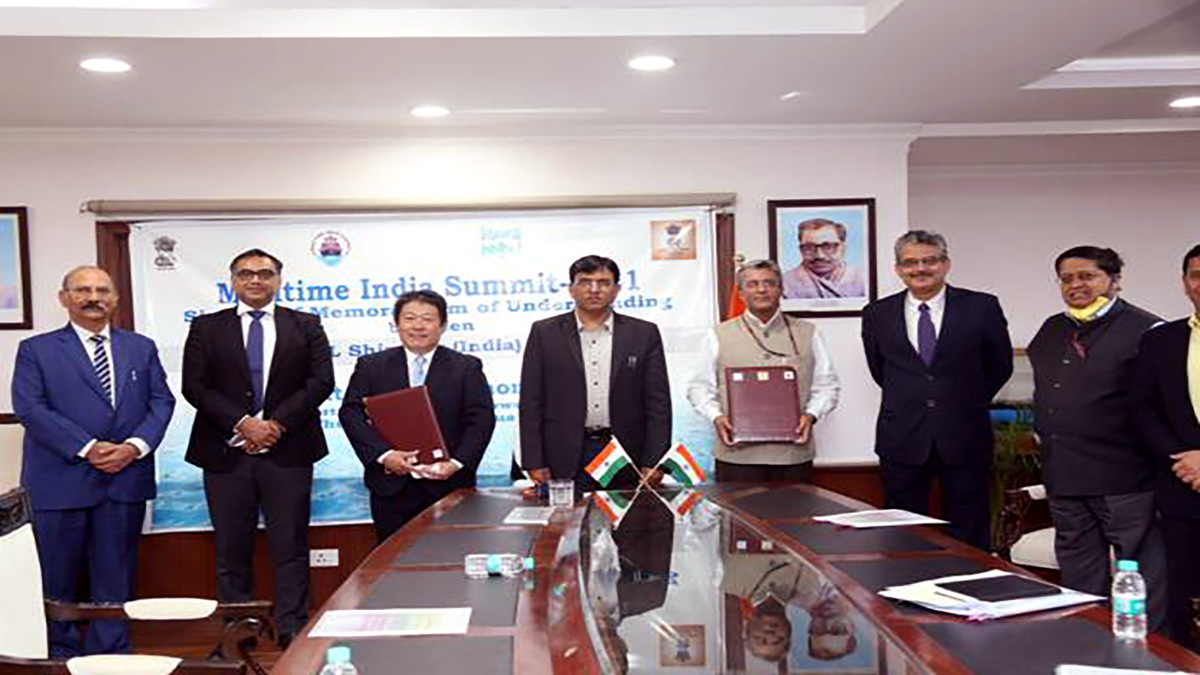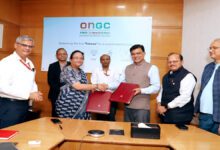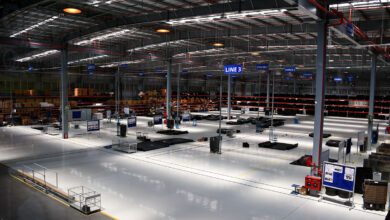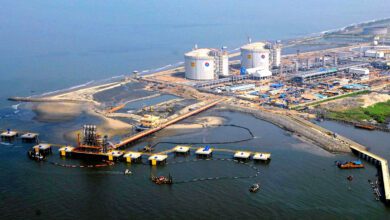A Memorandum of Understanding is signed between IWAI and MOL (Asia Oceania) Pte. Ltd for transportation of LPG (Liquified Natural Gas) through barges on National Waterways-1 and National Waterways-2, in the presence of Minister of Ports, Shipping and Waterways Mansukh Mandaviya.
Inland Waterways Authority of India will provide support for:
- Facilitating with adequate fairway.
- Handling of LPG cargo on IWAI terminals/ Multimodal Terminals at Haldia, Sahibganj and Varanasi as per notified provisions and rates on request of MOL.
- Providing Lease Available Depth (LAD) information on fortnightly/monthly basis.
MOL Group is the world’s largest gas carrier company and will invest for construction and operation of dedicated LPG barges under Make-in-India initiative of the Government of India. Aegis Group proposed investments for setting up storage terminals, dedicated pipelines between jetty to the terminal and necessary infrastructure at jetty for evacuation of products from barges.
Presently, 60% of the LPG is moved through road to the various locations with a cost of Rs. 5 to 6 per metric tonne per kilometre, which the oil companies are interested in reducing. Also, at times, there are issues of strikes by transporters, road blockages which cause delay in transportation. Therefore, the main area of interest for the companies is to use waterways to have a cheaper alternative to the existing mode of transportation, which is also cleaner and greener mode. Also, there are some areas which are difficult to approach through rail/ road especially in the North-East Region where IWT sector may provide usable solutions, besides the parcel size as compared to road trucks which can carry 17 MT of LPG in case of barges shall be of bigger size depending on the barge leading to economies of scale.
Besides salient features of LPG over other commodities, is that LPG is a clean cargo with zero leakages and spillage as the products are handled by pipelines in a fully closed loop with utmost safety precautions being regulated by PNGRB and PESO. LPG cargo needs less berthing time compared to any other bulk cargo. Besides there is no requirement of conveyors, etc, installed on berths/ jetties. Handling LPG by inland waterways will help reduce the carbon footprints, lowering the overall logistics cost, which in India stands approx. 13 to 14% of GDP, compared to global average of 8% and contributing to Government social schemes like UJJAWLA for LPG supply.












